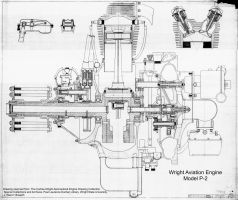
Wright Aviation Engine, Model P-2
(Large Image in the Members' Section)
Wright Aviation Engine, Model P-2 CAD Model
by John Riend
Published 28 Jan 2024; Revised 5 Feb 2024
 Wright Aviation Engine, Model P-2 (Large Image in the Members' Section) |
Ninety-eight years ago, Wright engineers were hard at work on the latest, greatest, air-cooled radial engines. The history on “most of” Wright’s early engine progress has been covered by others, but there are still a few stories to be found. In this case, their work on the two engines, model P-1 and P-2 “Cyclones” that provided the foundational knowledge for large air-cooled radial engines that progressed into the R-1750 and later R-1820 Cyclones. |
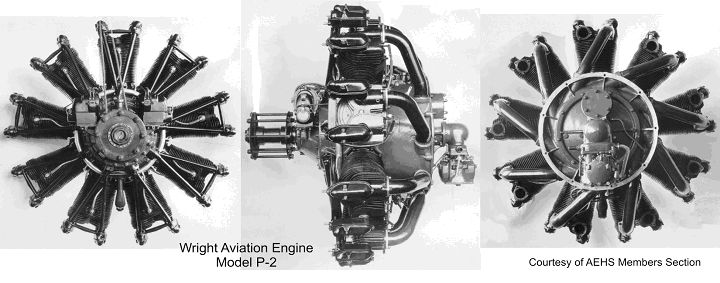 |
Other than basic specifications, there is very little readily available technical information or drawings on either engine. Some excellent photographs and test data of the P-1 at the National Air and Space Museum (NASM) (1) and a few photographs of the P-2 at (AEHS Members’ Section) and NASM (1). Lots of accounts in the aviation literature on the progress of these engines but that is about it.
Over several years of research in the Wright Aeronautical Division (WAD) Engine Drawing Archive, I have complied a collection of drawings on Wrights’ early air-cooled radial engines (J Series & others), including many on the P-1 and P-2 engines. Unfortunately, many of the key drawings were either not filmed or are missing (bad microfilm, etc.) which makes it difficult to accurately recreate a 3D model of a complete engine. In the case of the P-2, I was able to find sufficient drawings to create an approximate reconstruction of the P-2 supercharger assembly.
Based on the design similarity between the R-1200 Simoon and the P-2, I decided to take a closer look at modeling the P-2, even though there is no crankcase drawing available. Comparing the two engines’ Bills of Material (BOM) shows they use many of the same components, and focusing on the supercharger assembly, both engines use essentially the same components (with some minor variations). Based on that finding I decided my first project on any of the P-1, P-2 and R-1200 engines would be to build an approximate 3D model of the P-2 supercharger assembly.
The drawings for the P-2 supercharger components are reasonably legible but have a number of dimensional discrepancies that would have been corrected if the engine had gone into production. There was no drawing for the P-2 impeller, but with outline dimensions from the R-1200 impeller and P-2 inducer drawing it was easy to reverse engineer an approximation to the P-2 impeller. Something noteworthy here is the terminology being used at the time. Wright and presumably General Electric (who manufactured the unit for them) used the term “supercharger air scoop” for what’s currently called an inducer.
Another item not explicitly covered on the P-2 drawings is a vibration-damping coupling used in the propeller reduction gearing (shown below) and supercharger drive gears. There was a P-2 supercharger section drawing stating the gear coupling was made by Allison Engineering. I asked Kim McCutcheon if he would contact his friend at Allison and ask if they had any record of the P-2 coupling project. John Leonard promptly replied with several drawings of spring couplings projects from his plans book Allison Drawings, 1919 - 1943 (2).
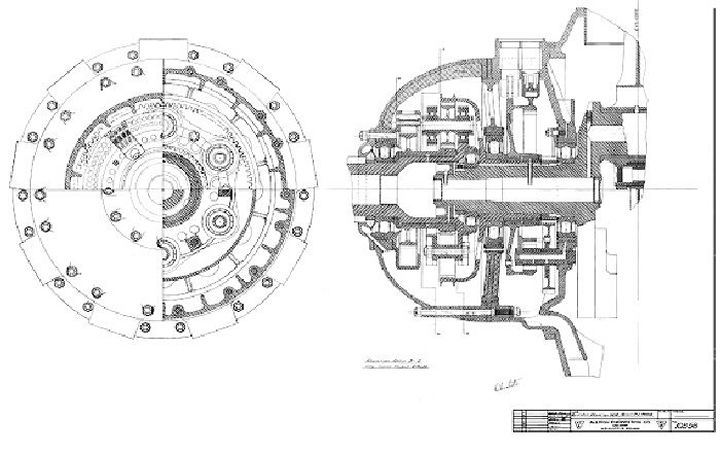 |
Then it was a simple task to track down the patent issued to Norman Gilman at Allison on the spring coupling design (3).
Using the few dimensions that I did have, along with the Allison illustrations, I constructed an approximation to what Wright engineers might have used on the P-2 for the spring coupling on their supercharger drive mechanism.
If anyone has any technical information on the Wright P-1, P-2 or R-1200 engines that they would like to share, or has comments or suggestions on my 3D models, please contact me via the AEHS Private Messaging on the Bulletin Board tab.
More to come............
Rererences:
1. National Air and Space Museum Technical Reference Files: Propulsion Collection: NASM.XXXX.1183.B
2. Rolls-Royce Heritage Trust – Allison Branch Annex
1911 Executive Drive Suite A
Indianapolis, IN 46241
Email: HeritageIndy@RRHTAB.org
3. Allison Engineering Co. Gilman Spring Coupling U.S. Patent 1,581,084.
Wright Aviation Engine, Model P-2 Drawing Quick Reference
| Connecting Rods | Crankshaft | Piston | Supercharger |
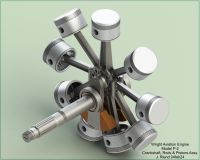 |
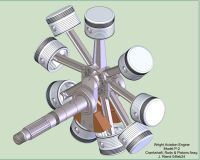 |
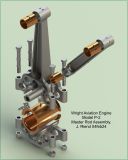 |
| Crankshaft, Master Rod, Articulated Rods, Pistons | Master Rod | |
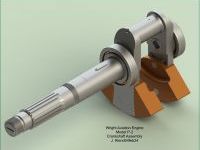 |
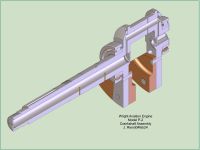 |
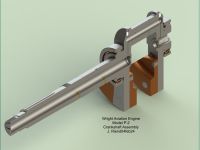 |
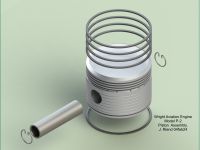 |
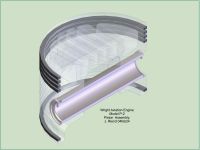 |
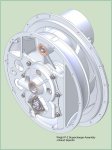 |
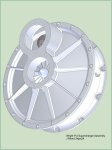 |
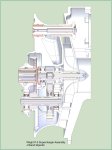 |
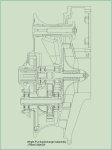 |
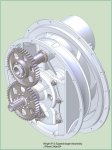 |
| Supercharger Assembly | ||||
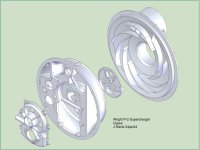 |
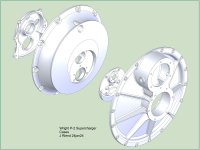 |
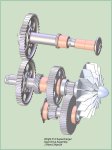 |
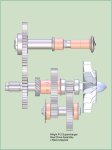 |
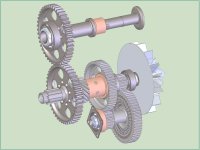 |
| Supercharger Case | Supercharger Gear Drive | |||
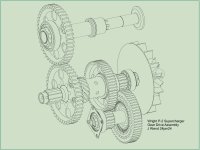 |
 |
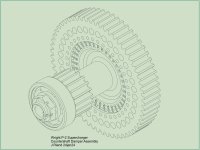 |
||
| Supercharger Gear Drive | Supercharger Impeller Assembly | Countershaft Damper Assembly | ||